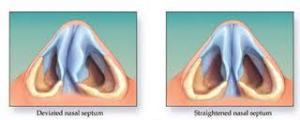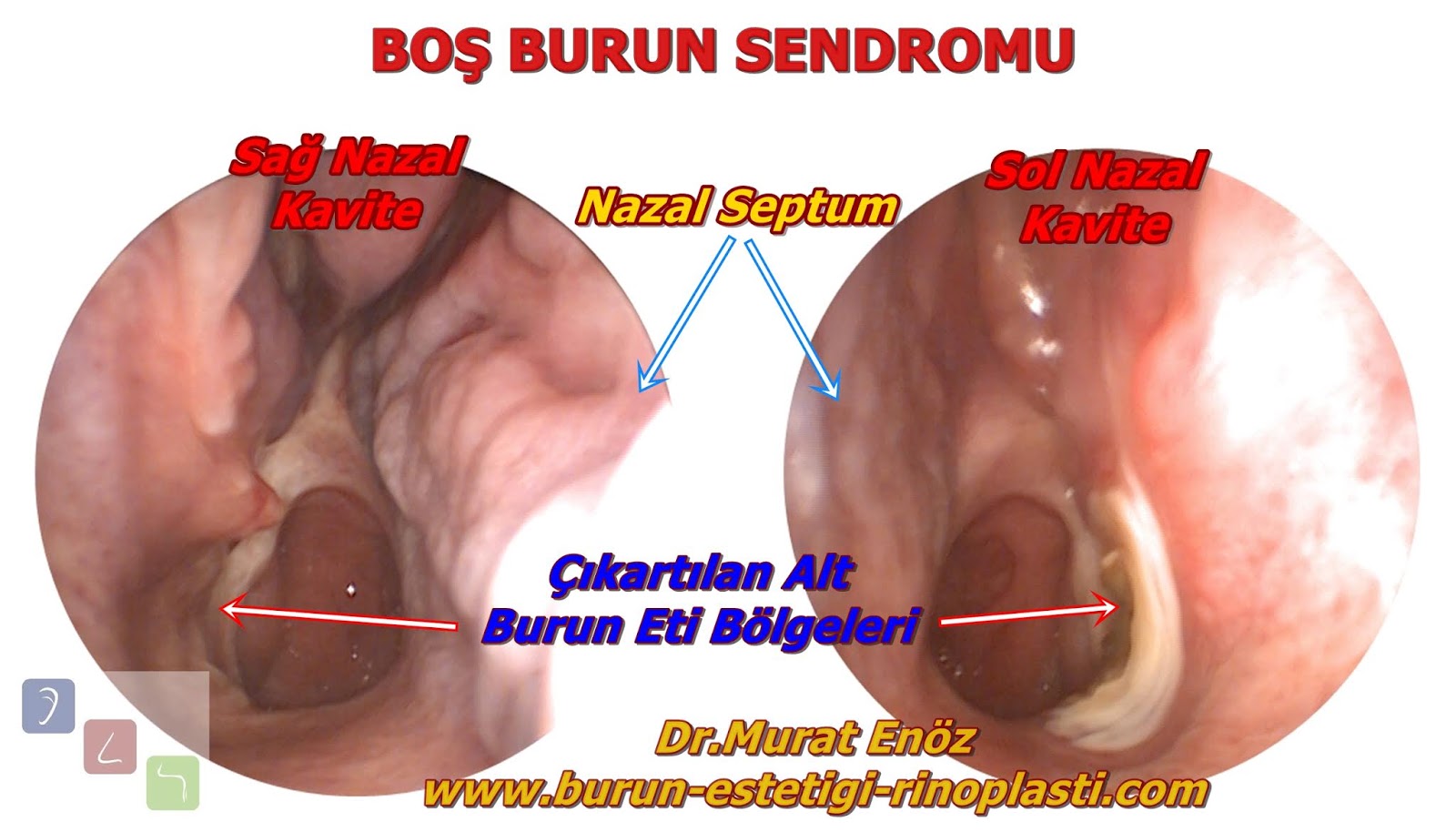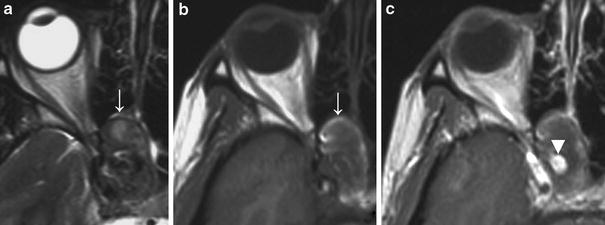Bleeding After Septoplasty And Sinus Surgery. Mild to moderately severe sinus pressure headache discomfort (particularly between the eyes). Septoplasty may relieve symptoms such as dry mouth and trouble breathing or sleeping.

Nasal surgery, including septoplasty, turbinoplasty, sinus surgery or polypectomy, is a safe, effective procedure performed to treat difficulty breathing through the nose.
During surgery, the surgeon may remove cartilage and bone to reshape the deviated septum.
Delayed bleeding is usually a result of a vessel being exposed during the healing process. You may dab your nose gently with tissue, but do not blow your nose. Don't take aspirin products for pain. After a septoplasty, the nasal cavity is filled with cotton or gauze, and an internal splint (sometimes called an intranasal. Bilateral Functional Endoscopic Sinus Surgery, Bilateral Submucous Resection Of The Inferior Turbinates (SMRITs), And Septoplasty Functional Endoscopic Sinus Surgery (FESS) is so named because it is designed to restore the normal mucus clearing function of the sinuses by opening up their natural drainage passages with minimal trauma. Bleeding after rhinoplasty may happen from just a few minutes after surgery up to two weeks.
Mild to moderately severe sinus pressure headache discomfort (particularly between the eyes). Bleeding after rhinoplasty may happen from just a few minutes after surgery up to two weeks. Septoplasty may relieve symptoms such as dry mouth and trouble breathing or sleeping. Read on to learn more about what to expect during this surgery. The septum separates the two nostrils, and can usually be accessed and repaired from within the nasal cavity. After a septoplasty, the nasal cavity is filled with cotton or gauze, and an internal splint (sometimes called an intranasal.
Bleeding: A small amount of bleeding is common with nasal surgery, and people generally tolerate it well. After a septoplasty, the nasal cavity is filled with cotton or gauze, and an internal splint (sometimes called an intranasal. Bilateral Functional Endoscopic Sinus Surgery, Bilateral Submucous Resection Of The Inferior Turbinates (SMRITs), And Septoplasty Functional Endoscopic Sinus Surgery (FESS) is so named because it is designed to restore the normal mucus clearing function of the sinuses by opening up their natural drainage passages with minimal trauma.




